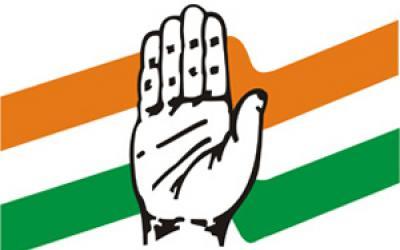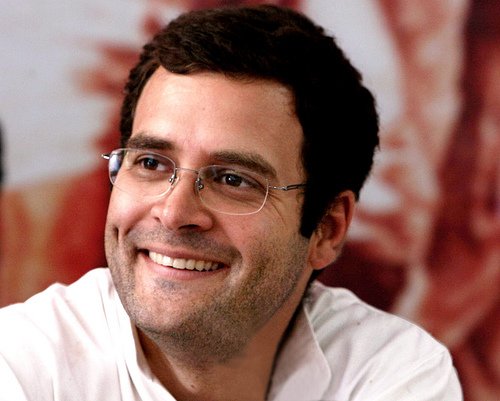
Regular readers of this column would know that I regularly refer to the sectoral deployment of credit data usually released by the Reserve Bank of India(RBI) at the end of every month. This data throws up interesting points which helps in looking beyond the obvious.
On December 31, 2015, the RBI released the latest set of sectoral deployment of credit data. And as usual the data throws up some interesting points.
What the banks refer to as retail lending, the RBI calls personal loans. This categorisation includes loans for buying consumer durables, home loans, loans against fixed deposits, shares, bonds, etc., education loans, vehicle loans, credit card outstanding and what everyone else other than RBI refer to as personal loans.
Banks have been extremely gung ho in giving out retail loans over the last one year. Between November 2014 and November 2015, scheduled commercial banks lent a total of Rs 5,04,213 crore (non-food credit). Of this amount the banks lent, 39.4% or Rs 1,98,727 crore were retail loans. Hence, retail loans formed closed to two-fifths of the total amount of lending carried out by banks in the last one year.
How was the scene between November 2013 and November 2014? Of the total lending of Rs 5,45,280 crore carried out by banks, around 27.7% or Rs 1,50,843 crore was retail lending. Hence, there has been a clear jump in retail lending as a proportion of total lending over the last one year.
In fact, if we look at the breakdown of retail lending (or what RBI refers to as personal loans) more interesting points come out.
| Outstanding as on: (In Rs crore) | Nov.28, 2014 | Nov.27, 2015 | Increase(in Rs crore) | Increase in % |
| Personal Loans | 1105910 | 1304637 | 198727 | 17.97% |
| Consumer Durables | 14660 | 16545 | 1885 | 12.86% |
| Housing (Including Priority Sector Housing) | 594603 | 705235 | 110632 | 18.61% |
| Advances against Fixed Deposits | 55339 | 60458 | 5119 | 9.25% |
| Advances to Individuals against share, bonds, etc. | 3861 | 6886 | 3025 | 78.35% |
| Credit Card Outstanding | 29486 | 37646 | 8160 | 27.67% |
| Education | 62721 | 67682 | 4961 | 7.91% |
| Vehicle Loans | 119410 | 137887 | 18477 | 15.47% |
| Other Personal Loans | 225830 | 272297 | 46467 | 20.58% |
The overall increase in retail loans has been around 18% over the last one year. This is significantly better than 8.8% increase in overall lending by banks (non-food credit i.e.). Within retail loans, vehicle loans and consumer durables have grown slower than the overall growth in retail loans. How did things stand between November 2013 and November 2014?
| Outstanding as on (in Rs crore) | November 29, 2013 | November 28,2014 | Increase in Rs crore | Increase in % |
| Personal Loans | 955067 | 1105910 | 150843 | 15.79% |
| Consumer Durables | 9987 | 14660 | 4673 | 46.79% |
| Housing (Including Priority Sector Housing) | 510171 | 594603 | 84432 | 16.55% |
| Advances against Fixed Deposits | 56032 | 55339 | -693 | -1.24% |
| Advances to Individuals against share, bonds, etc. | 2832 | 3861 | 1029 | 36.33% |
| Credit Card Outstanding | 24147 | 29486 | 5339 | 22.11% |
| Education | 58953 | 62721 | 3768 | 6.39% |
| Vehicle Loans | 97914 | 119410 | 21496 | 21.95% |
| Other Personal Loans | 195028 | 225830 | 30802 | 15.79% |
The retail loans between November 2013 and November 2014 had grown by 15.8%. In comparison, the growth between November 2014 and November 2015 was at 18%. This increase can be attributed to the 125 basis points repo rate cut carried out by the Reserve Bank of India during the course of this year. One basis point is one hundredth of a percentage. Repo rate is the rate at which RBI lends to banks and acts as a sort of a benchmark to the interest rates that banks pay for their deposits and in turn charge on their loans.
But despite a rapid and massive cut in the repo rate, the jump in retail loan growth hasn’t been dramatic. In fact, loans for the purchase of consumer durables grew by 12.9% between November 2014 and November 2015. They had grown by 46.8% between November 2013 and November 2014, when interest rates were higher. Vehicle loans grew by 15.5% in the last one year. They had grown by 22% between November 2013 and November 2014. This despite a fall in interest rates. Home loans had grown by 16.6% between November 2013 and November 2014. They grew by 18.6% between November 2014 and November 2015. There has been some improvement on this front. Hence, lower interest rates have had some impact on retail borrowing, but not as much as the experts and economists who appear on television and write in the media, make it out to be.
What does this tell us? As L Randall Wray writes in Why Minsky Matters: An Introduction to the Work of a Maverick Economist, quoting economist Hyman Minsky: “According to Minsky, bank lending would…be determined….by the willingness of banks to lend, and of their customers to borrow.”
So why are banks more than happy to lend to give out retail loans? As I had pointed out in yesterday’s column, lending to the retail sector continues to be the best form of lending for banks. The stressed loans ratio (i.e. bad loans plus restructured loans) in this case is only 2%. This means that for every Rs 100 lent by banks to the retail sector only Rs 2 worth of loans is stressed.
The same cannot be said about the loans that banks have been giving to corporates. The lending carried out by banks to industry as well as services in the last one year formed around 43.4% of the overall lending carried out by banks. Between November 2013 and November 2014, the lending carried out by banks to industry as well as services had stood at 50% of overall lending.
What explains this? Lending to large corporates has led to 21% stressed loans. The same is true for medium corporates where stressed loans form 21% of overall loans. And this best explains why banks have been happy to lend to you and me, but not to corporates.
The column originally appeared on Vivek Kaul’s Diary on January 6, 2016



